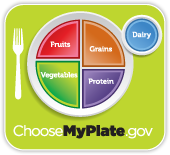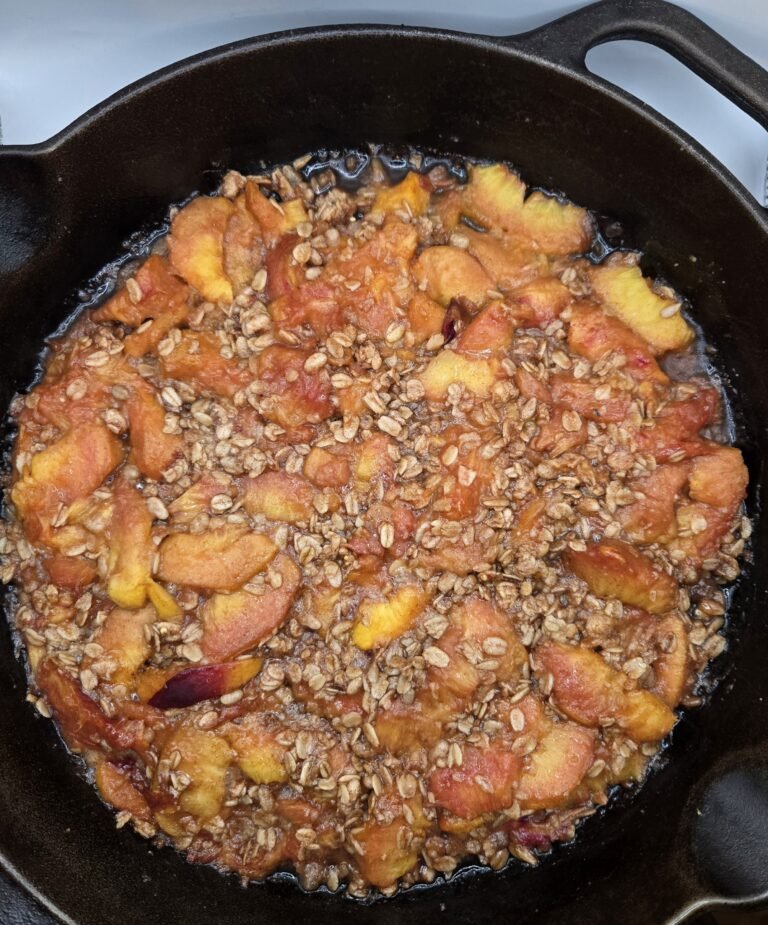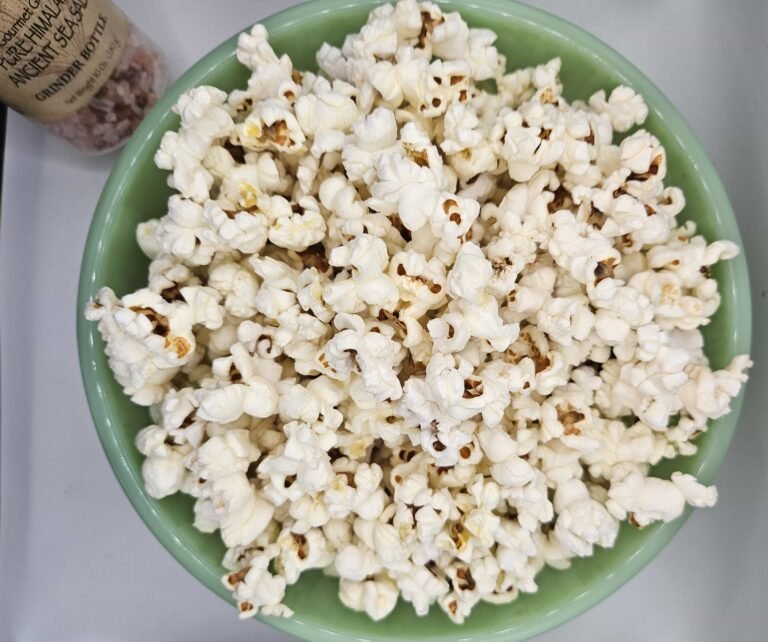I feel really blessed to work at a company (Westat) that has a fitness center and a good cafeteria. You can make some unhealthy choices in the cafeteria, of course, but the majority of what they offer is healthy. The fitness center offers group classes and sometimes they have little events like lunchtime walks and ‘fruity Friday’ where they hand out free fruit.
A few weeks ago, one of the fitness instructors offered a lunch-time seminar called Nutrition Matters. He pretty much reviewed the typical food pyramid, which has now been archived by the USDA and replaced with the Choose My Plate. I like Choose My Plate over the pyramid because it’s more REAL, with fruits and vegetables taking up half the plate and, instead of having a meat category, they call it ‘protein.’ They’ve also shrunk the dairy category – you don’t have to get calcium from dairy, right? Foods high in calcium include spinach, almonds, oranges, and many other leafy greens, seafood, and seeds.
The ChooseMyPlate website has a lot of useful information for parents, kids, dieters, teachers, and gardeners. I found some great info on bees which I’ll discuss some other day, but they also have a section called, “Know Your Farmer, Know Your Food.” Finding this site has given me some hope to balance with being concerned that many people don’t care about the origin of their food.
I mention the seminar at work because someone in the audience asked the question “Is squash a starch or a vegetable?” I didn’t say a word during the entire presentation. First, because I didn’t agree with a lot of it since it was based on the old pyramid and pushed meat as the protein. I like meat, but think it’s misleading to push people toward it as if it’s the only way to get protein (plus I knew a bunch of people in the room were vegetarians). Second, I didn’t want someone to ask how I know something when my answer is, “I research food almost every day,” instead of, “I’m a cardiologist,” or even a nutritionist. I’d be a nutritionist if I had time for the internship but that’s probably not going to happen. Anyway, vegetables are vegetables and some of them are starchier than others. Butternut squash is starchy, but so are peas, and peas are still a vegetable. Zucchini is a squash, and a vegetable, but it is not starchy. Starchy vegetables contain more carbohydrates, so people with diabetes are encouraged to eat non-starchy vegetables – there are a lot of them and no minimum on how much of them diabetics can eat. Some examples are: broccoli, asparagus, carrots, cucumber, peppers, salad greens, spaghetti squash, celery, cauliflower, etc. A longer list is on diabetes.org
I’ve already made a few spaghetti squash recipes this fall and I’ve been wanting to do something with butternut squash just because it looks nice at the farm market. I’m not a fan of butternut squash chunks mixed into meals or even the soups, so you won’t get much of that here, but I do like it roasted.
I searched online for what spices go with butternut and came up with coriander, which is good because when else am I going to use it? I added sage because my mother-in-law bottled some sage and I already had two bottles so would like to use it. I slice the squash like a cantaloupe (thin slices) and use the convection oven because I want to make sure it gets tender – taste test it or stick a fork in it to determine if it needs more time.
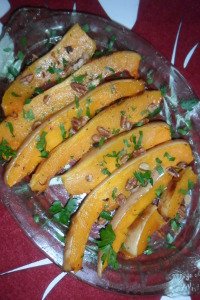
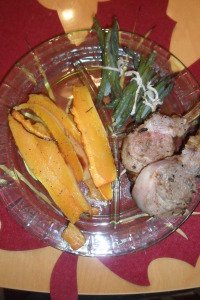
Honey-Roasted Butternut Squash
1 medium (~3 lb) butternut squash, seeded & sliced
1 T honey
2 T butter
1/2 t sage
1/4 t coriander
1/2 t sea salt
1/4 t ground black pepper
1 T chopped pecans
1 T chopped fresh parsley
Preheat oven to 400°. Place squash slices on a parchment-lined baking sheet. Melt honey and butter in a microwave-safe bowl for 40 seconds to melt; stir to combine. Brush half of honey mixture over squash; reserve remaining honey mixture. Sprinkle squash with sea salt and pepper. Bake at 400° for 1 hour or until tender. Halfway through, flip the slices over and spread honey butter mixture over the other side. If you forget, spread it on afterward. Garnish with pecans and parsley.

